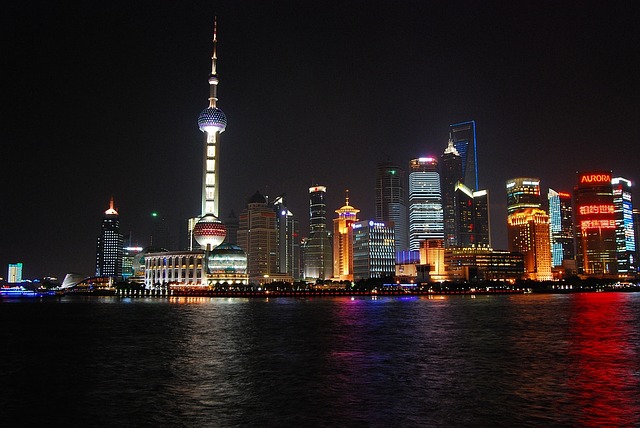
When you are setting up your business and have already decided about the goods you will be selling, the targeted customers and medium of sales and the inventory costs that will be involved, the next big thing you need to sort out is your supply chain. A well defined and managed supply chain is the backbone of your business success. The term sounds as if it is a very tiny part of the business processes, however, it is, in fact, one of the most critical areas of your business. It has a very broad scope that effects a lot of other business areas and has the potential to make or break your profits. Your supply chain has a key role to play in optimizing your costs.
One of the areas of supply chain management is sourcing the goods from the supplier. Sourcing becomes trickier when the sourced goods need to be imported. However, thanks to globalization, international sourcing from countries such as China has helped businesses achieve cost efficiency to a great extent. The technological advancements in China along with its low-cost business models and super cheap costs of production has made China a cult favourite sourcing origin for most sellers. That being said, China is a huge economy with thousands of suppliers making a single product but of variable quality standards. This makes sourcing from China a tad bit more difficult than it is from much smaller economies. Here is a step by step guide to sourcing goods from China.
1 Sourcing
The very first step in sourcing goods from China is to do the homework at your own end. Remember there will always be hundreds of suppliers that will offer you the same good, however, each of them will have a difference in prices, quality and payment terms among other things. You need to have a plan on paper that defines what are you exactly looking for, what will be your terms of payment and how do you plan to manage your lead time, order time and expected delivery time. Moreover, you need to establish your quality standards, which you expect the suppliers to comply with. Devise a contract based on these key areas as this will act as a foundation for your supply chain.
2 Finding the Right Supplier
Once you have defined your quality standards and other procurement criteria, it is time to filter and choose the right supplier. This is one of the most difficult phases especially when it comes to China. This is because you need to evaluate a supplier on many levels such an experience, client portfolios, delivery deadlines, quality and flexibility.
There a number of suppliers for every product in China and you might not be in a position to evaluate them properly because of language and cultural barriers. Small or growing businesses, which are already struggling with managing other areas of the business find it hard to gamble with this critical supplier hunting process. In such circumstances, it is wise to use a good sourcing company in China, such as leelinesourcing.com. These sourcing companies, not only help you find the right supplier and negotiate with them but will also help you with other areas of your supply chain such as shipping and warehousing.
3 Securing the Supplier
Once you have a list of suppliers, it is time to shortlist and secure the ones you will be working with. Make a strategy for a foolproof background check on the supplier. Write a comprehensive contract that defines all payment terms and terms of service. Ideally, you should be able to meet the supplier in person to be able to strike a good contract. Unfortunately, that is not always possible or feasible and most of the time you will have to rely on remote methods. Although it is possible for you to do your research virtually and make a deal online directly, however, given the language barriers and limitations of remote business, it will be much safer to involve a sourcing agent or a company to assist you here.
4 Saves You Time and Costs
Prepping goods for Amazon FBA facility may require a bit more effort than beyond mere labelling. Amazon has a comprehensive packaging and prepping guideline and it expects all sellers to follow them. The additional prepping protocols can be very time consuming and can hold up storage space. If you rely on your suppliers to follow the prepping protocols of the FBA facility, they may charge you extra for the time and costs it will incur them. Moreover, it can slow down your processing time considerably. A prepping service will not only save additional storage costs but will also speed up processing time significantly.
5 Allows You to Inspect
Amazon is very particular about selling quality products to its customers. Apart from Amazon itself, even you as a seller would not want to have poor reviews for selling poor quality or faulty products. This means that you should check your goods thoroughly before they are sent to the FBA centre. In most cases, a seller will not check each and every product and will only check the inventory partially. A supplier might also tamper with the quality deliberately in order to make money. Since it will not be possible for you to be physically present in China and inspect the inventory, a prepping service can help you do that and inspect all your goods on your behalf.
Image credit: Skeeze
